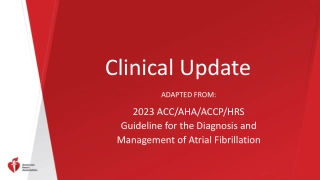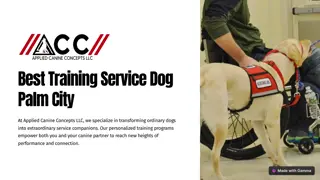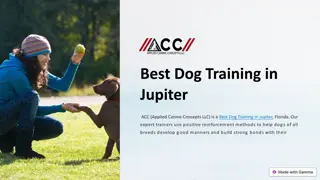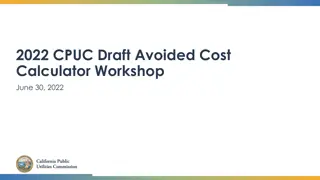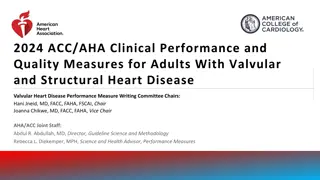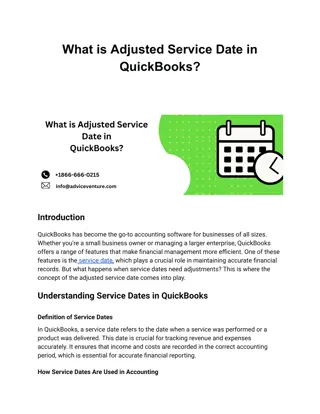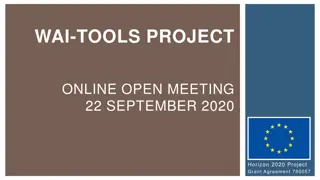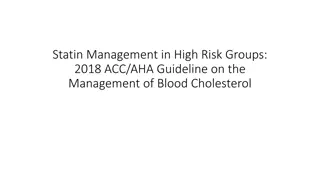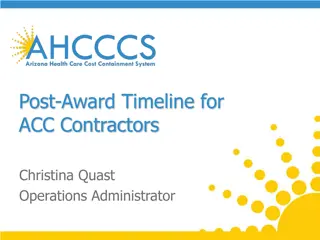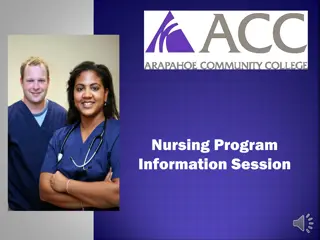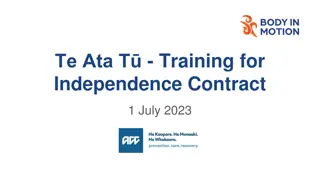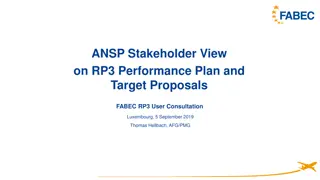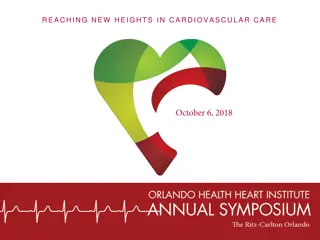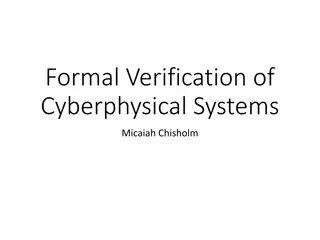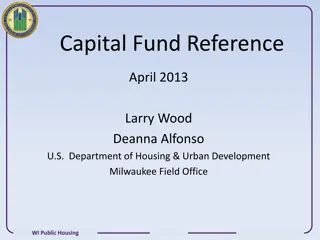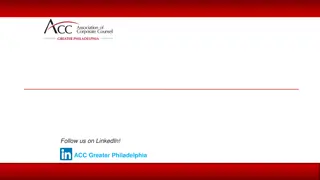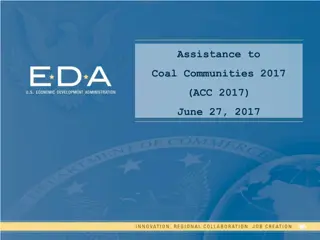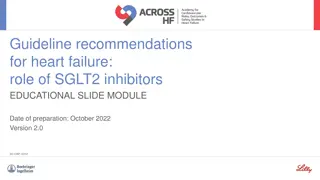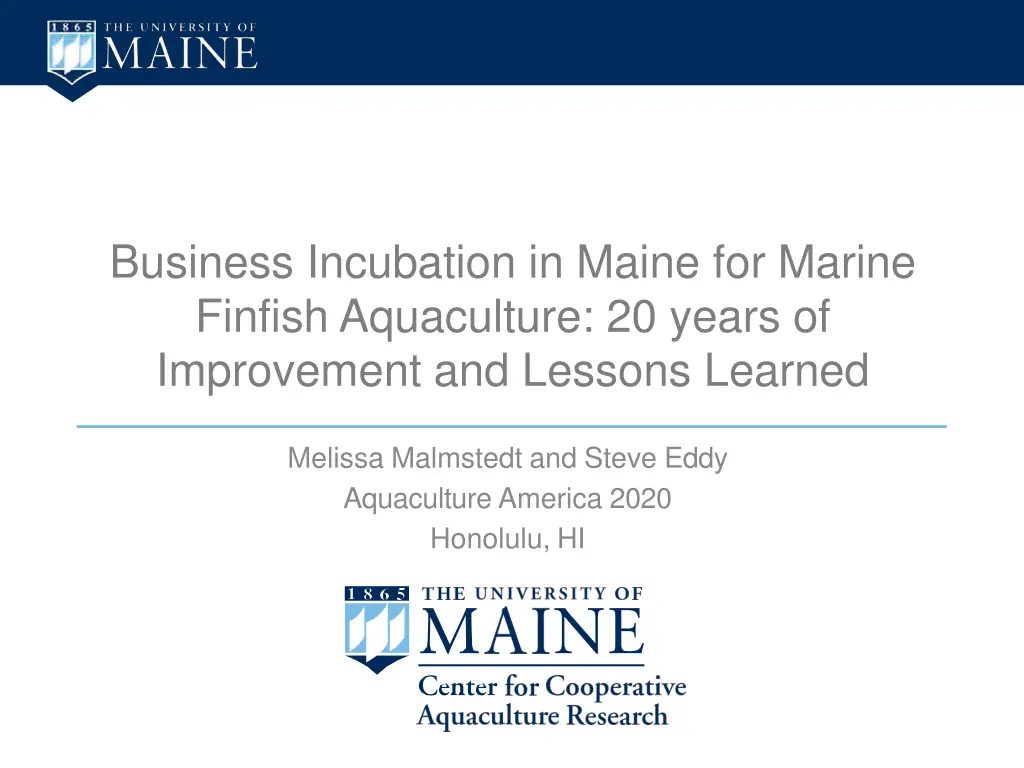
Maine Aquaculture Business Incubation: Growth and Lessons Learned
Discover the history and mission of CCAR in Maine, showcasing their work with marine finfish aquaculture over 20 years. Explore the species bred, funding sources, and industry partnerships driving innovation in aquatic farming technologies.
Download Presentation

Please find below an Image/Link to download the presentation.
The content on the website is provided AS IS for your information and personal use only. It may not be sold, licensed, or shared on other websites without obtaining consent from the author. If you encounter any issues during the download, it is possible that the publisher has removed the file from their server.
You are allowed to download the files provided on this website for personal or commercial use, subject to the condition that they are used lawfully. All files are the property of their respective owners.
The content on the website is provided AS IS for your information and personal use only. It may not be sold, licensed, or shared on other websites without obtaining consent from the author.
E N D
Presentation Transcript
Business Incubation in Maine for Marine Finfish Aquaculture: 20 years of Improvement and Lessons Learned Melissa Malmstedt and Steve Eddy Aquaculture America 2020 Honolulu, HI
CCAR History Penobscot Salmon, 1989 24 acre site Maine Economic Improvement Fund, 1997 Targeted seven economic sectors in Maine Research Industry
The CCAR Site EDA TBMH MABI MATL
CCARs Mission To grow the aquaculture sector in Maine through Innovation Develop and improve farming technologies for aquatic species Demonstration Pilot trials and demonstration projects Facilitation Facilities for industry and researchers to carry out projects and trials Collaboration Work with others towards sustainable aquaculture and fisheries Education Train staff and students and educate the public about aquaculture
Species at CCAR Past Present Atlantic halibut, 2000 Yellowtail kingfish, 2012 Lumpfish, 2018 American eels, 2018 Marine polychaete worms Bait, IMTA, bioremediation, alternative feed Green sea urchins Marine ornamentals Macro and micro algae Atlantic cod, 2003-2018 Demonstration, cataracts, and breeding Black sea bass, 2012-2017 Growth, feeding, and marketing trials (AHI)
Funding Maine Economic Improvement Fund Supports CCAR to this day through annual state appropriations to UMS Sponsored research projects Maine Sea Grant, National Sea Grant, NRAC, SBIR, and NSF Infrastructure funding Economic Development Administration EDA Taunton Bay Marine Hatchery Maine Technology Asset Fund (bond-funded) MATL 2.6M, 2008 MABI
Cost Recovery Fees paid to CCAR for incubation space Hatchery services Egg and juvenile sales Training courses
Business Incubation Current Industry Partners Sea and Reef Aquaculture, 2012 American Unagi, 2018 Kingfish Maine, 2020 Springtide Seaweed, 2017 Past Industry Partners Maine Halibut, 2003-2010 Acadia Harvest, 2012-2017 Great Bay Aquaculture, 2005-2010
Workforce Development Introduction to Aquaculture Marine Hatchery Technician Training Internships Summer Programs SMS 449: Aquaculture Systems Pilot 12 credit certificate RAS Shellfish and Finfish Husbandry Aquatic Animal Health Shellfish Farming Industry Internship
Why Maine? Maine has a strong aquaculture business development and incubation infrastructure
Why do some fail to commercialize? Conditions for Success Causes of Commercialization Failure Startup capital For CCAR operations and off site expansion Public funding in Maine Detailed business plan Solid understanding of aquaculture and business Lack of capital Greater economic environment (lack of private investment) Public funding in Maine Double-edged sword
Thank you! Steve Eddy Melissa Malmstedt melissa.malmstedt@maine.edu steve.eddy@maine.edu

